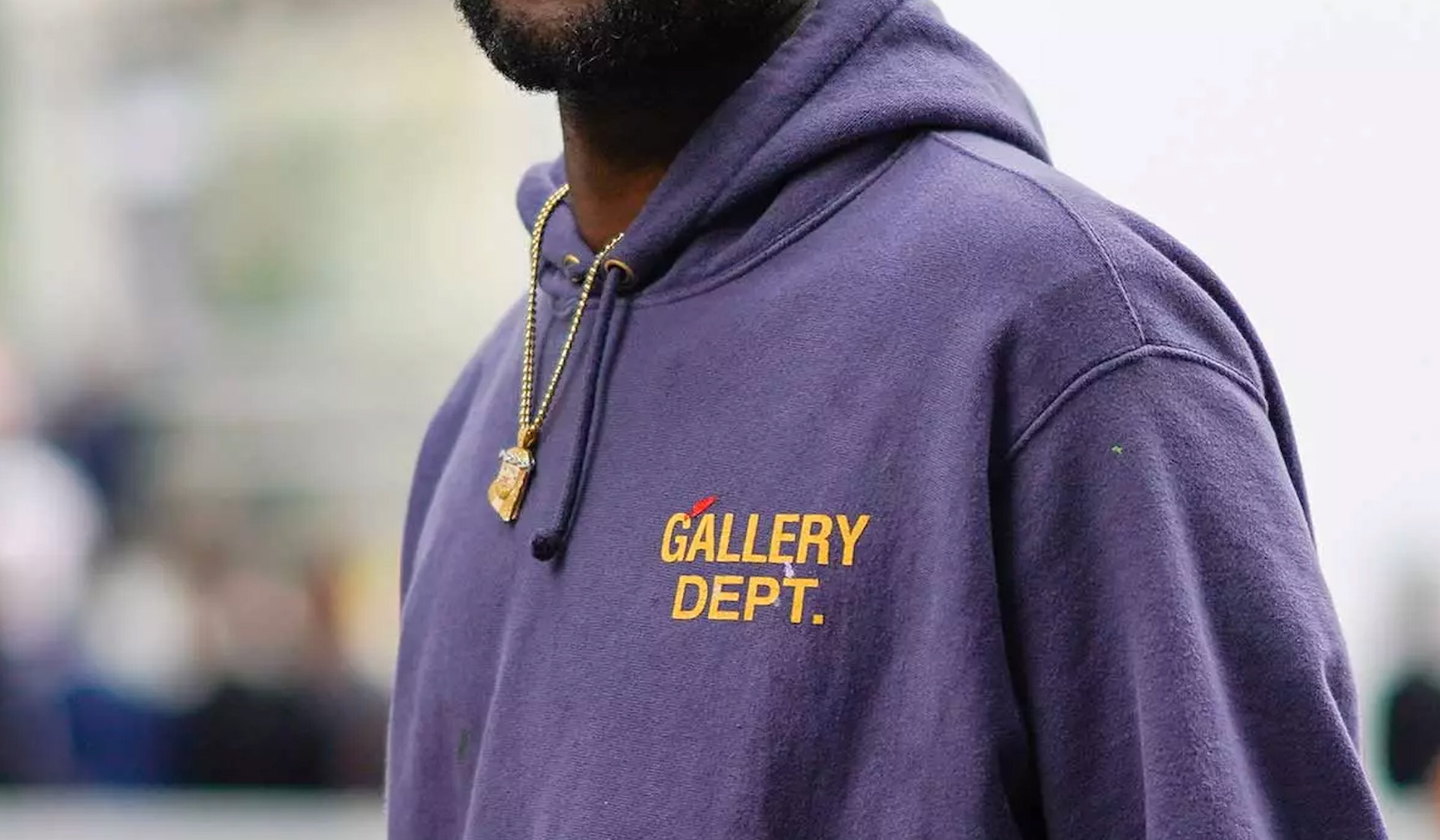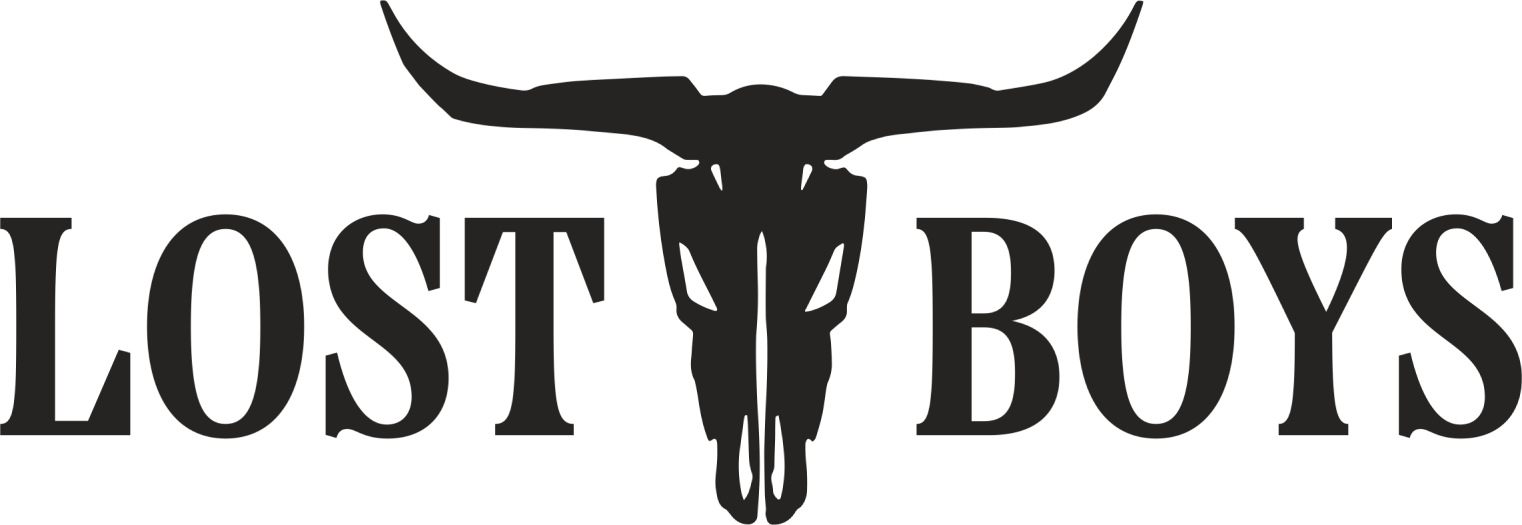In the dynamic world of fashion, starting your own clothing line is an exciting venture. It’s an opportunity to express your creativity, make a statement, and build a brand that resonates with people. However, it’s also a journey filled with challenges and decisions. This guide aims to provide you with a roadmap to navigate this journey in 2023, a time when the fashion industry is rapidly evolving with new trends, technologies, and business models.
The Journey
Embarking on the journey to start a clothing line requires more than just a passion for fashion. It requires patience, resilience, and a willingness to learn. The process involves extensive research, learning from various sources, and a lot of trial and error. It’s about understanding the market, identifying your target audience, creating designs that resonate with them, sourcing materials, finding manufacturers, and marketing your brand.
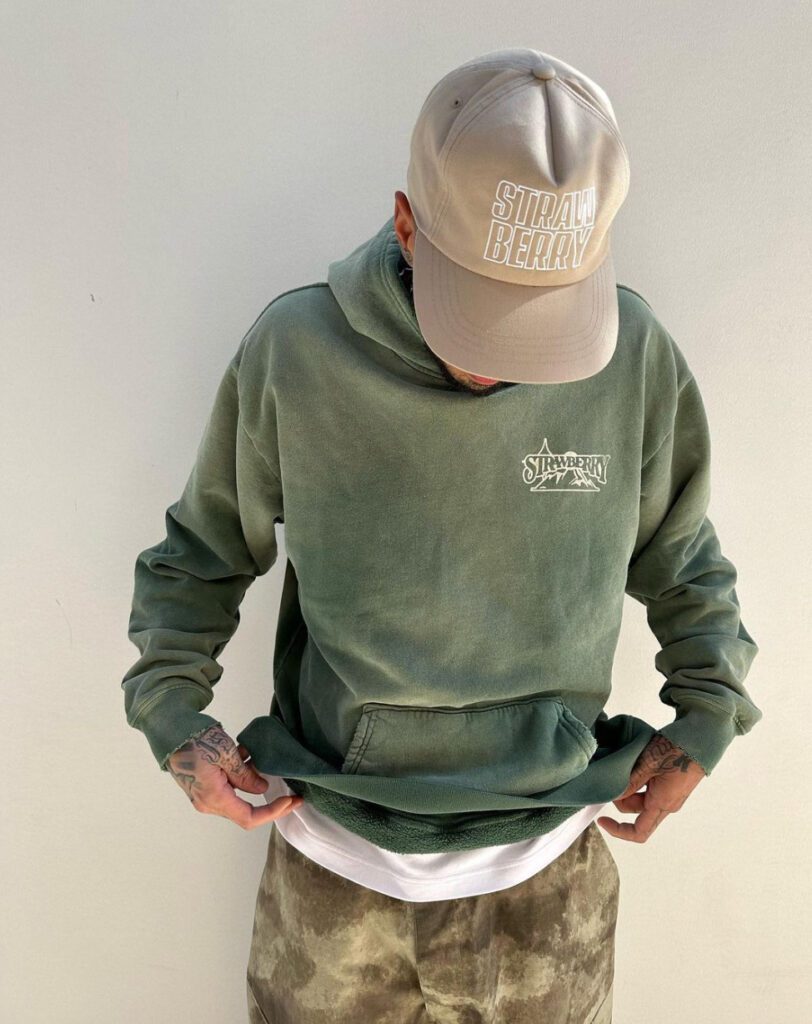
The journey is not always smooth. There will be obstacles and setbacks. But these challenges are part of the process. They are opportunities for learning and growth. Embrace the journey, learn from your mistakes, and keep moving forward. Remember, every successful brand started somewhere. It’s the perseverance and determination to keep going that will ultimately lead to success.
The Importance of Story
In today’s saturated market, having a compelling story behind your brand is more crucial than ever. Consumers are not just buying clothes; they’re buying into a narrative, a lifestyle, and a set of values. Your brand’s story is what sets you apart from the competition. It’s what makes your brand unique and memorable.
Your brand’s story should be authentic and resonate with your target audience. It should reflect your values, your vision, and your passion. It should tell people why you started your clothing line, what inspires your designs, and what you hope to achieve with your brand.
For example, if you’re starting a sustainable clothing line, your story could be about your commitment to environmental conservation. If you’re starting a streetwear brand, your story could be about your love for urban culture and street art. Whatever your story is, make sure it’s genuine and meaningful. It’s this authenticity that will connect with people and build a loyal customer base.
Aesthetic and Branding
Once you have your story, it’s time to translate it into a visual language. This is where branding comes in. Your brand’s aesthetic includes its colors, typography, imagery, and overall style. These elements should align with your story and appeal to your target audience.
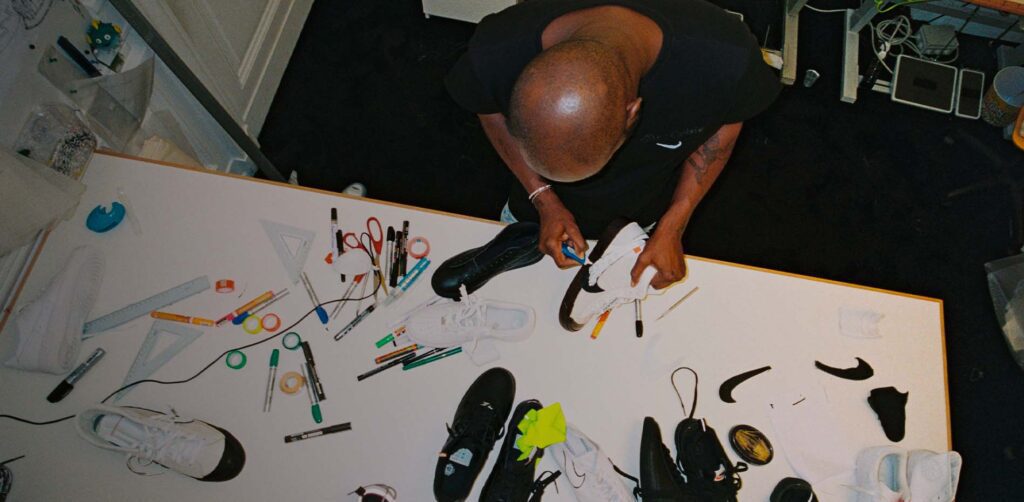
For instance, if your brand’s story is about sustainability, your aesthetic could feature earth tones, nature-inspired patterns, and organic shapes. If your brand’s story is about street culture, your aesthetic could feature bold colors, graffiti-inspired typography, and urban imagery.
Consistency is key in branding. Your aesthetic should be consistent across all platforms and touch points, from your website to your social media channels to your product packaging. This consistency helps to reinforce your brand identity and make your brand more recognizable.
Inspiration from Other Brands
While it’s important to have a unique brand, you can still draw inspiration from other successful brands. Study how they tell their story through their aesthetic, how they engage with their audience, and how they adapt to trends. However, avoid copying them directly. Your brand should be a reflection of your unique vision and story.
Look at the brands you admire. What is it about their aesthetic that appeals to you? How do they communicate their story through their designs, their packaging, their website, their social media posts? Use these insights to inform your own branding strategy. But remember, inspiration should not turn into imitation. Your brand should have its own unique identity.
Sustainable and Ethical Practices
In 2023, sustainability and ethical practices are not just trends but expectations. Consumers are becoming more conscious of the environmental and social impacts of their purchases. They are looking for brands that align with their values and are making a positive impact on the world.
Consider incorporating sustainable materials and ethical manufacturing practices into your business model. This could involve using organic or recycled fabrics, ensuring fair wages and safe working conditions for workers, and minimizing waste in the production process.
This not only benefits the planet and the people involved in your supply chain but also enhances your brand’s image and appeal to conscious consumers. It shows that your brand is not just about making profits but also about making a difference.
Digital Presence and E-commerce
With the ongoing digital transformation, having a strong online presence is essential for any clothing brand. More and more consumers are shopping online, and the COVID-19 pandemic has only accelerated this trend. An e-commerce website is no longer just an option; it’s a necessity.
Invest in a user-friendly e-commerce website that showcases your products in the best light and provides a seamless shopping experience. Make sure your website is mobile-friendly, as a growing number of consumers are shopping on their smartphones.
Social media is another crucial aspect of your digital presence. Platforms like Instagram, Facebook, and Pinterest are not just marketing channels; they are also platforms for storytelling, customer engagement, and community building. Post regular updates, engage with your followers, and use these platforms to tell your brand’s story.
Leverage digital marketing strategies, such as SEO, content marketing, and social media advertising, to reach your target audience and drive sales. Consider working with influencers or brand ambassadors to increase your brand’s visibility and credibility.
Print on Demand vs. Traditional Manufacturing
The next big decision you’ll need to make is about your production method. There are two main options: print-on-demand and traditional manufacturing.
Print-on-demand services offer a low-risk way to start a clothing line, as you only produce items as they are ordered. This means you don’t need to invest in inventory upfront, which can significantly reduce your startup costs. Print-on-demand services also handle fulfillment and shipping, freeing up your time to focus on design and marketing. However, the downside is that you have less control over the quality and pricing of your products.
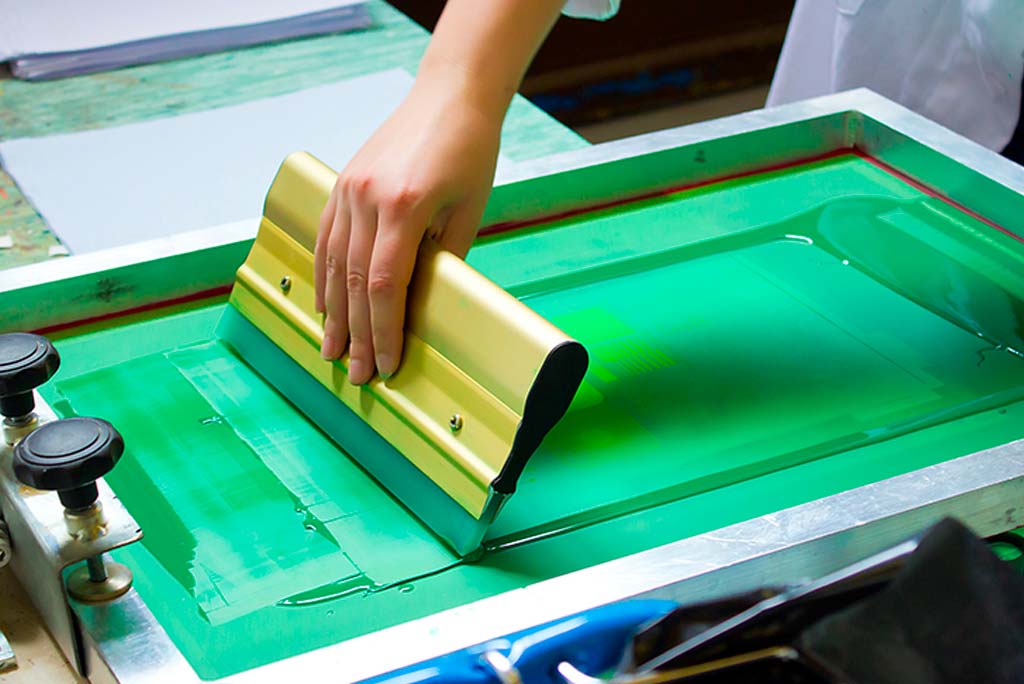
On the other hand, traditional manufacturing involves producing a batch of products upfront. This allows for more customization and potentially higher profit margins. You can choose your own fabrics, work closely with the manufacturers to ensure quality, and set your own prices. However, it involves more upfront costs and risks. You’ll need to invest in inventory, and there’s the risk that the products won’t sell.
Consider your budget, your risk tolerance, and your brand’s values when making this decision. If sustainability and quality are important to your brand, traditional manufacturing might be the better option. If you’re on a tight budget and want to test the market first, print-on-demand might be the way to go.
Marketing and Sales
Once you have your products, it’s time to market them. Marketing is all about getting the right products in front of the right people at the right time. It involves understanding your target audience, creating compelling marketing messages, and choosing the right marketing channels.
Start by defining your target audience. Who are they? What are their interests, their needs, their desires? What kind of clothing do they wear? Where do they shop? The more you know about your target audience, the more effective your marketing will be.
Next, create a marketing plan. This should outline your marketing goals, strategies, and tactics. It should include a mix of marketing channels, such as social media, email marketing, content marketing, and influencer marketing.
Finally, don’t forget about sales. Whether you’re selling online, in a physical store, or both, you need to provide a seamless shopping experience. This means having a user-friendly website, offering various payment options, and providing excellent customer service.
Building a Community
In 2023, building a community around your brand is more important than ever. Consumers are not just looking for products; they’re looking for experiences, connections, and a sense of belonging. They want to be part of a community that shares their values and interests.
Building a community involves engaging with your customers, listening to their feedback, and creating a sense of belonging. It involves creating a two-way conversation, not just a one-way sales pitch.
Social media is a powerful tool for community building. You can use it to share your brand’s story, showcase your products, and engage with your followers. You can also use it to gather feedback, conduct polls, and even co-create products with your community.
Consider hosting events, both online and offline, to bring your community together. This could be a fashion show, a pop-up shop, a workshop, or a virtual meet-up. These events not only generate buzz around your brand but also strengthen the sense of community.
Adapting to Trends and Changes
The fashion industry is fast-paced and ever-changing. Trends come and go, technologies evolve, consumer behaviors shift. To succeed in this industry, you need to stay ahead of the curve.
This involves keeping an eye on fashion trends, technological advancements, and changes in consumer behaviors. It involves being flexible and adaptable, ready to pivot your strategy when needed.
For instance, there has been an accelerated shift towards online shopping and sustainable fashion. Brands that are able to adapt quickly to these changes were able to thrive amidst the crisis.
Conclusion
Starting a clothing line in 2023 is an exciting venture. It’s a chance to express your creativity, make a statement, and connect with people. But it’s also a journey filled with challenges and decisions.
Remember, it’s not just about creating clothes; it’s about building a brand. It’s about telling a story, creating an aesthetic, building a community, and making a difference. It’s about staying true to your vision, while also adapting to changes and trends.
With patience, resilience, and a willingness to learn, you can navigate this journey and build a successful clothing line. Good luck!

